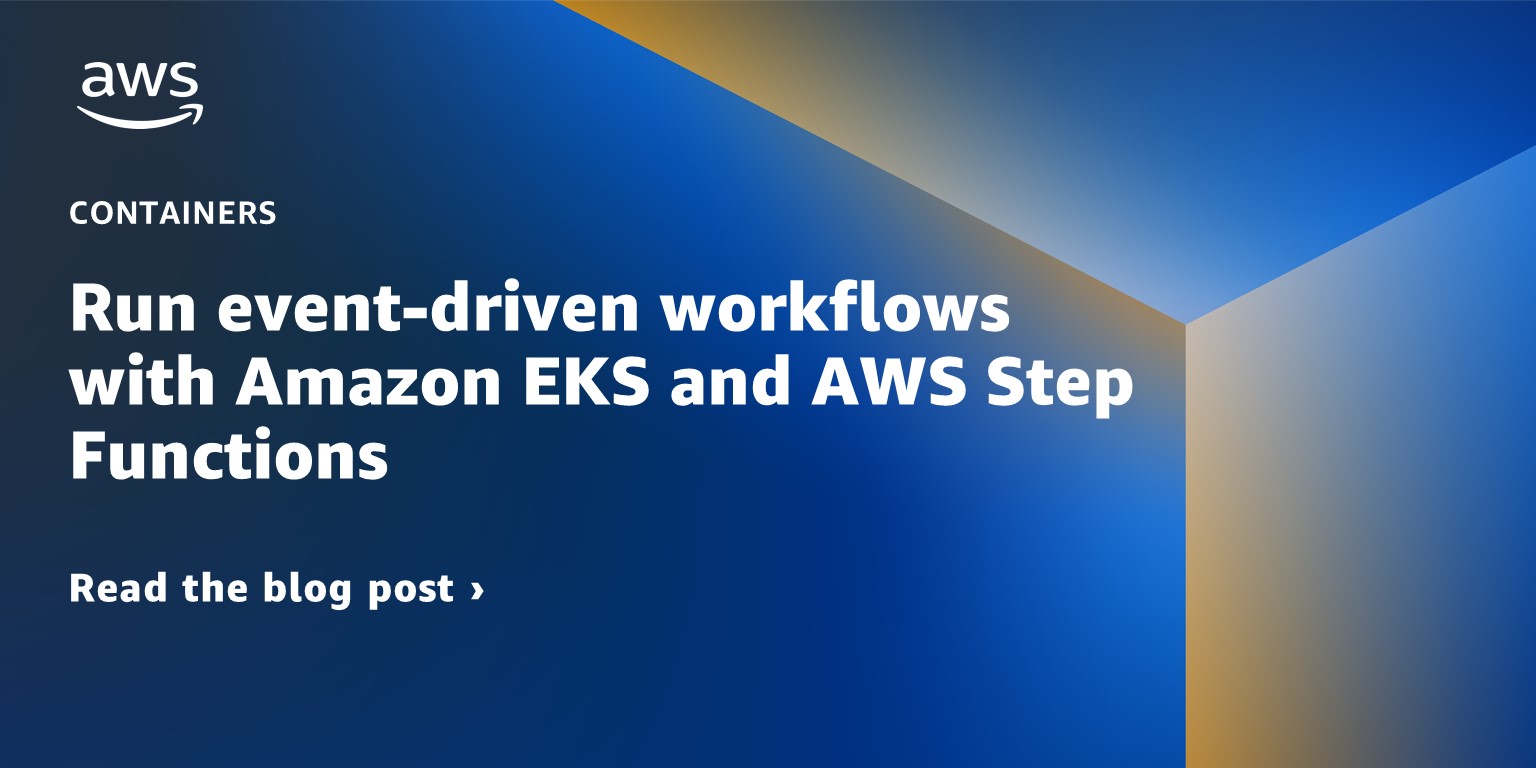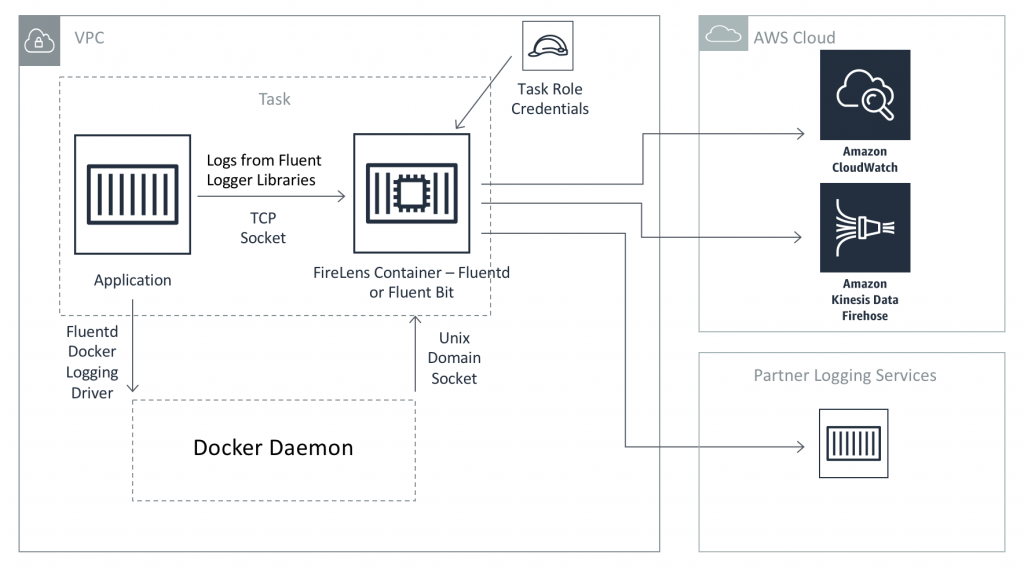Containers
Category: Amazon Simple Storage Service (S3)
How Snap Inc. secures its services with Amazon EKS
Introduction Snapchat is an app that hundreds of millions of people around the world use to communicate with their close friends. The app is powered by microservice architectures deployed in Amazon Elastic Kubernetes Service (Amazon EKS) and datastores such as Amazon CloudFront, Amazon Simple Storage Service (Amazon S3), Amazon DynamoDB, and Amazon ElastiCache. This post […]
Using SBOM to find vulnerable container images running on Amazon EKS clusters
Introduction When you purchase a packaged food item in your local grocery store, you probably check the list of ingredients written to understand what’s inside and make sure you aren’t consuming ingredients inadvertently that you don’t want to or are known to have adverse health effects. Do you think in a similar way when you […]
How Quora modernized MLOps on Amazon EKS to improve customer experience with scalable ML applications
This blog post was co-written by Lida Li of Quora Introduction Quora is a leading Q&A platform with a mission to share and grow the world’s knowledge, serving hundreds of millions of users worldwide every month. Quora uses machine learning (ML) to generate a custom feed of questions, answers, and content recommendations based on each […]
Getting visibility into your Amazon EKS Cross-AZ pod to pod network bytes
Introduction Many customers use Amazon Elastic Kubernetes Service (Amazon EKS) to host their mission-critical applications. As a best practice, we ask our customers to spread their applications across multiple distinct availability zones (AZ). Because “everything fails all the time,” Werner Vogel, CTO, Amazon To achieve high availability, customers deploy Amazon EKS worker nodes (Amazon EC2 […]
Run event-driven workflows with Amazon EKS and AWS Step Functions
Introduction Event-driven computing is a common pattern in modern application development with microservices, which is a great fit for building resilient and scalable software in AWS. Event-driven computing needs to be push-based with event-driven applications that are run on-demand when an event triggers the functional workflow. Tools that help you minimize resource usage and reduce […]
Athenahealth QMaaS: Optimizing throughput and costs with Amazon ECS & EC2 Spot
Karthik Kalkur, Senior Architect, Athenahealth, Jayaprakash Alawala, Specialist Solution Architect (Containers), AWS, and Sridhar Bharadwaj, Sr EC2 Spot Specialist, AWS This guest blog post is contributed by Karthik Kalkur, a Senior Architect at athenahealth, in partnership with AWS Specialist Solution Architect for Containers, Jayaprakash Alawala, and AWS Sr. EC2 Spot Specialist, Sridhar Bharadwaj. Athenahealth is […]
Create a pipeline with canary deployments for Amazon EKS with AWS App Mesh
In this post, we will demonstrate how customers can leverage different AWS services in conjunction with AWS App Mesh to implement a canary deployment strategy for applications running on Amazon Elastic Kubernetes Service (Amazon EKS). As stated in the post “Getting started with App Mesh and EKS”, many customers are currently implementing microservices in a […]
Under the hood: FireLens for Amazon ECS Tasks
September 8, 2021: Amazon Elasticsearch Service has been renamed to Amazon OpenSearch Service. See details. Recently, Amazon ECS announced support for custom log routing via FireLens. FireLens makes it easy to use the popular open source logging projects Fluentd and Fluent Bit; enabling you to send logs to a wide array of AWS Services and […]







